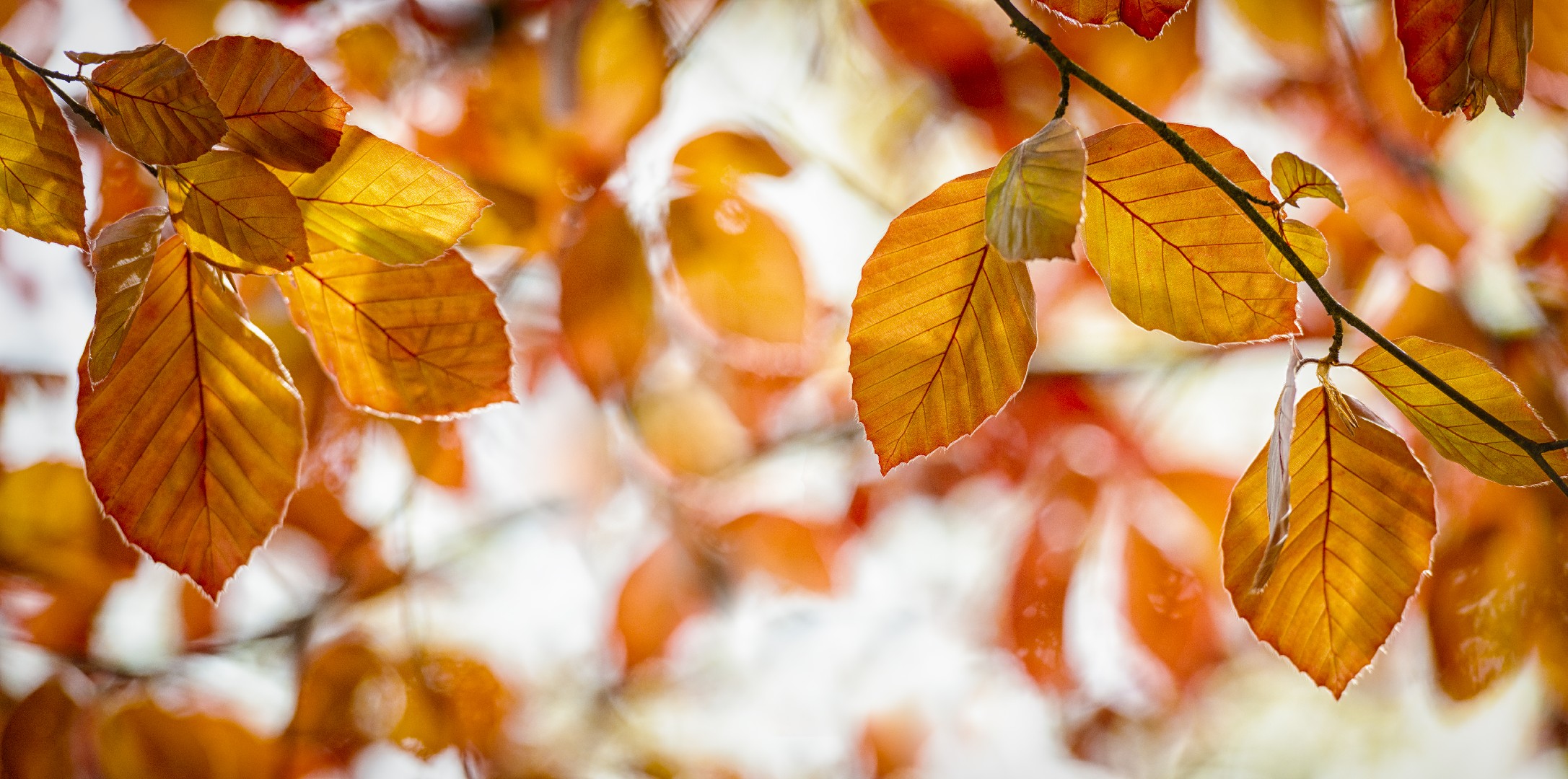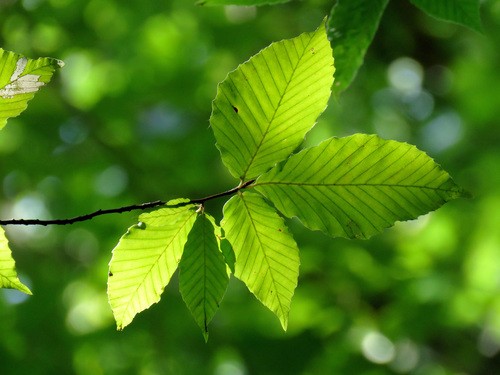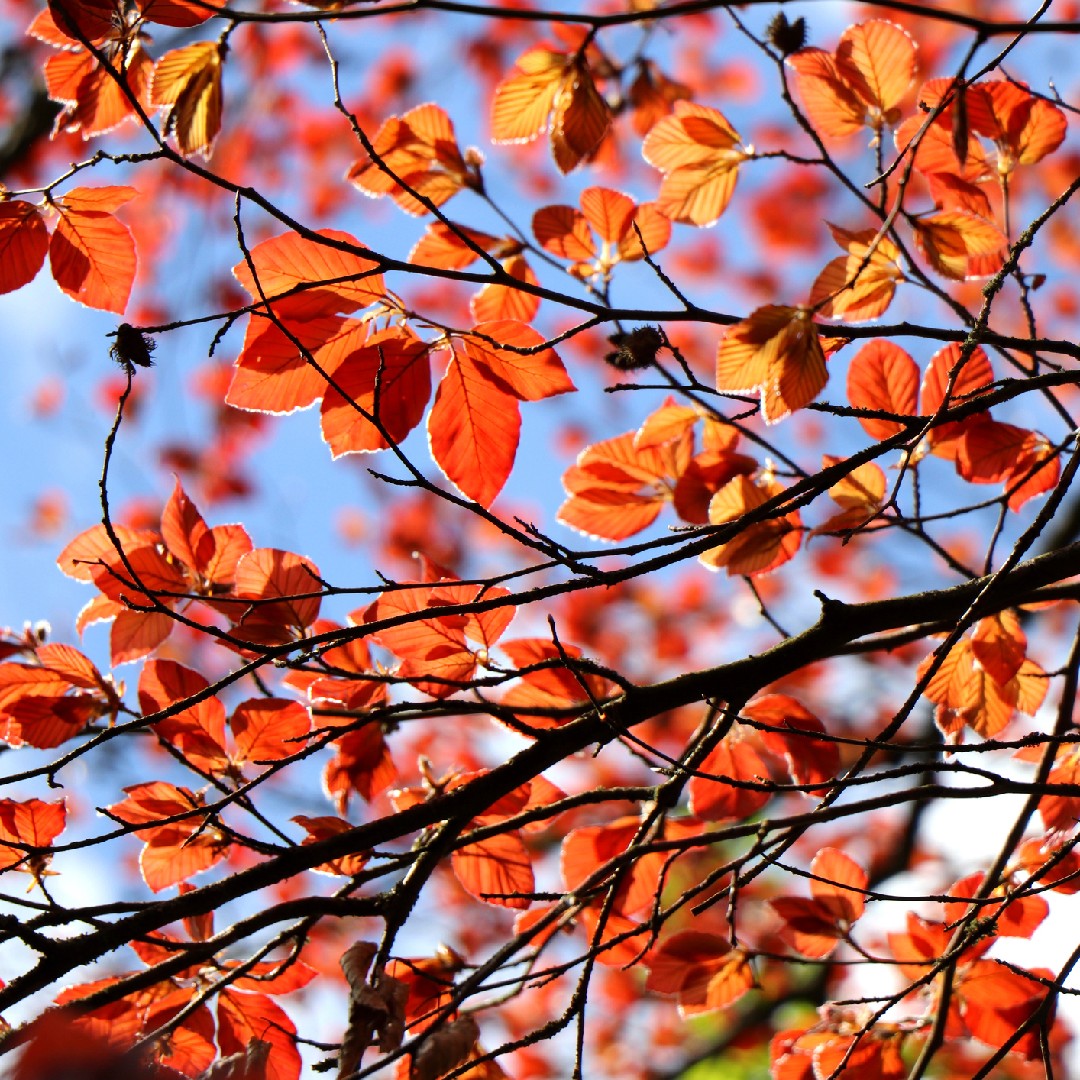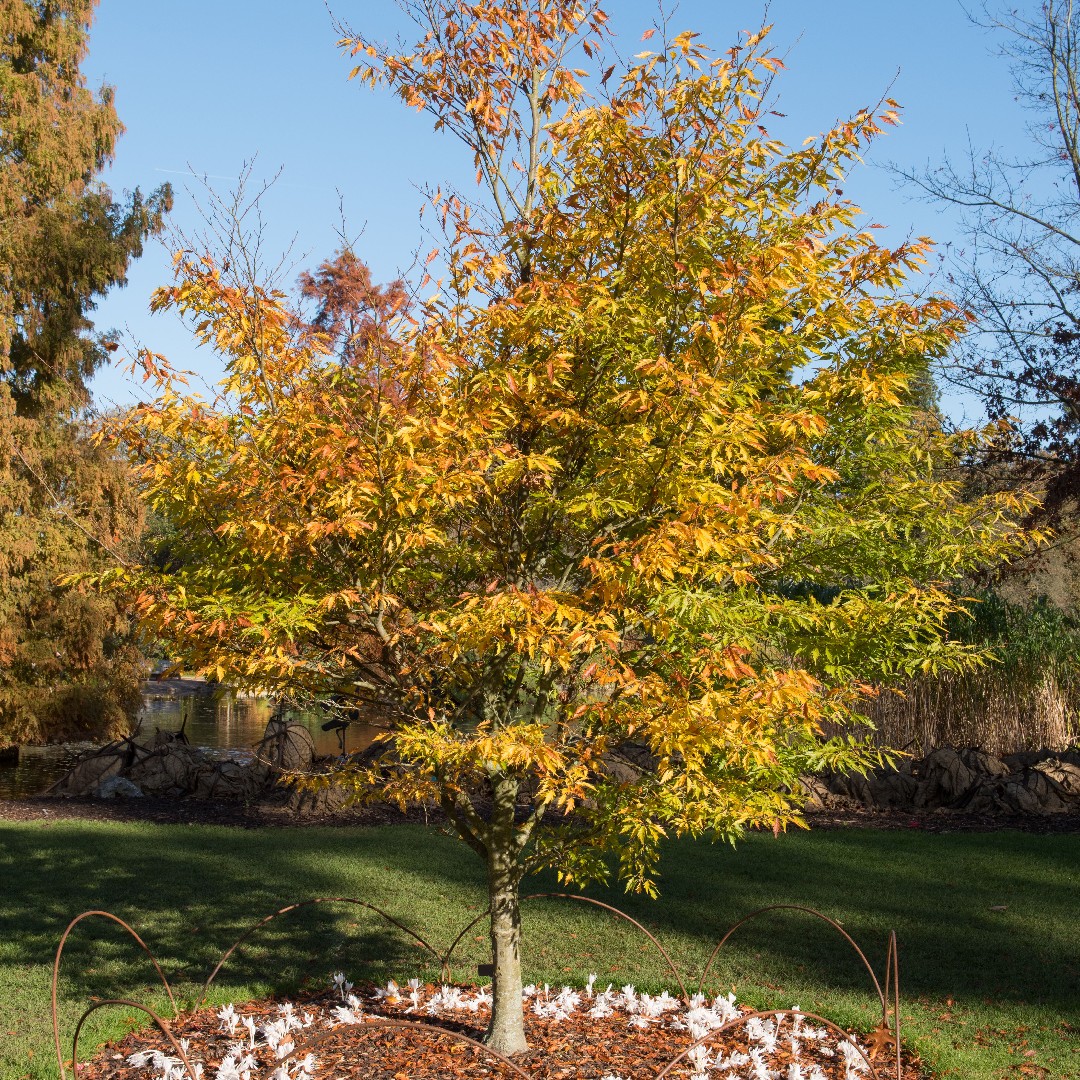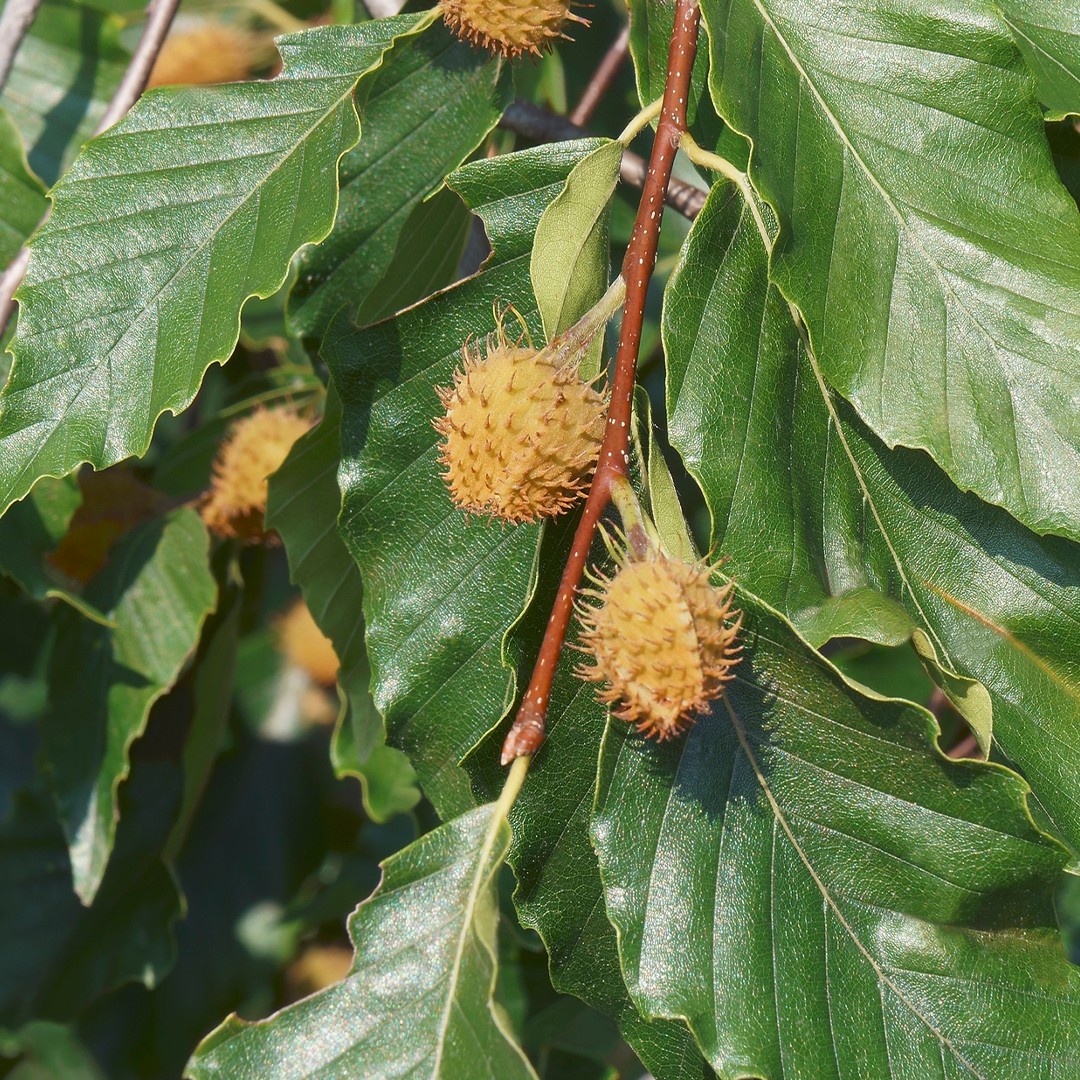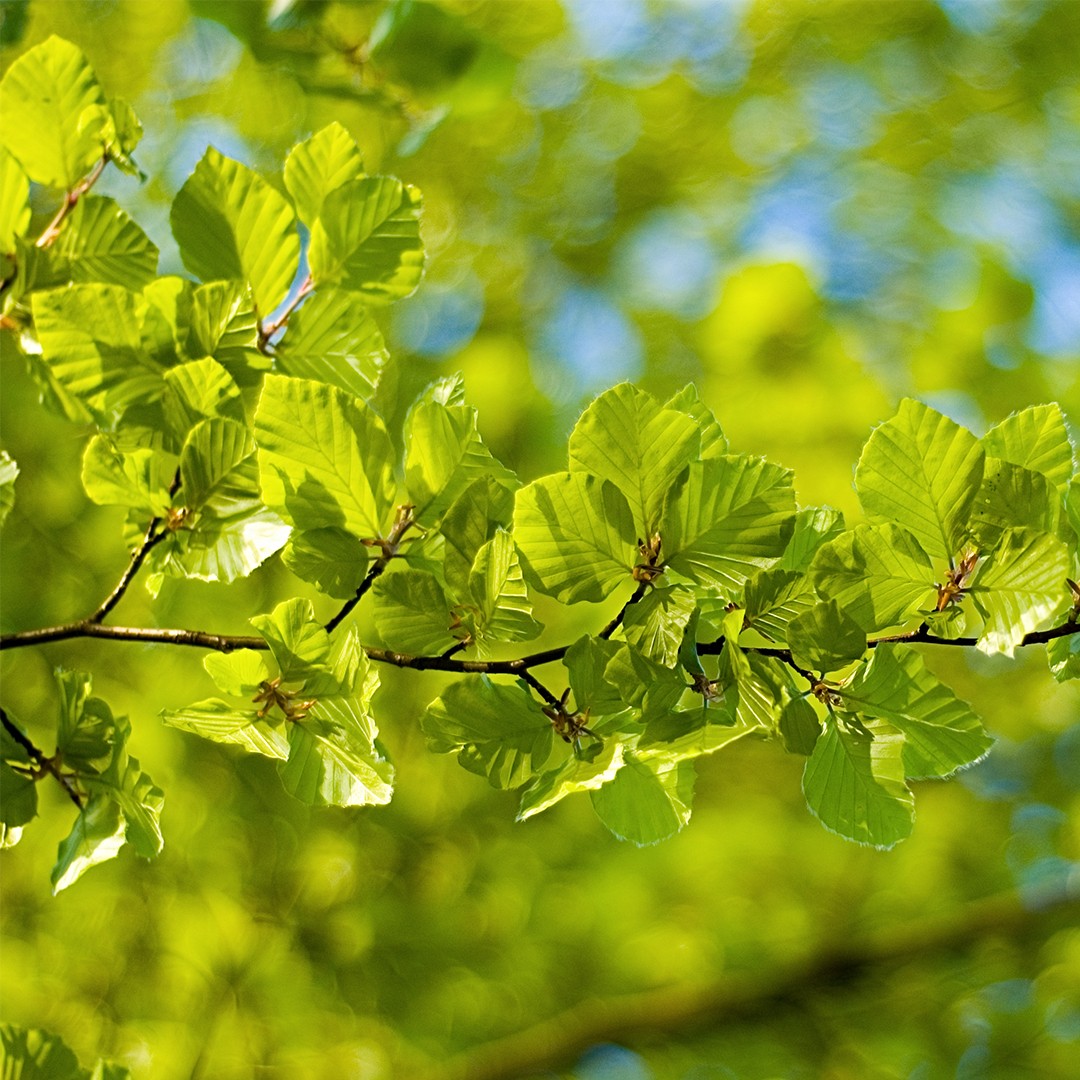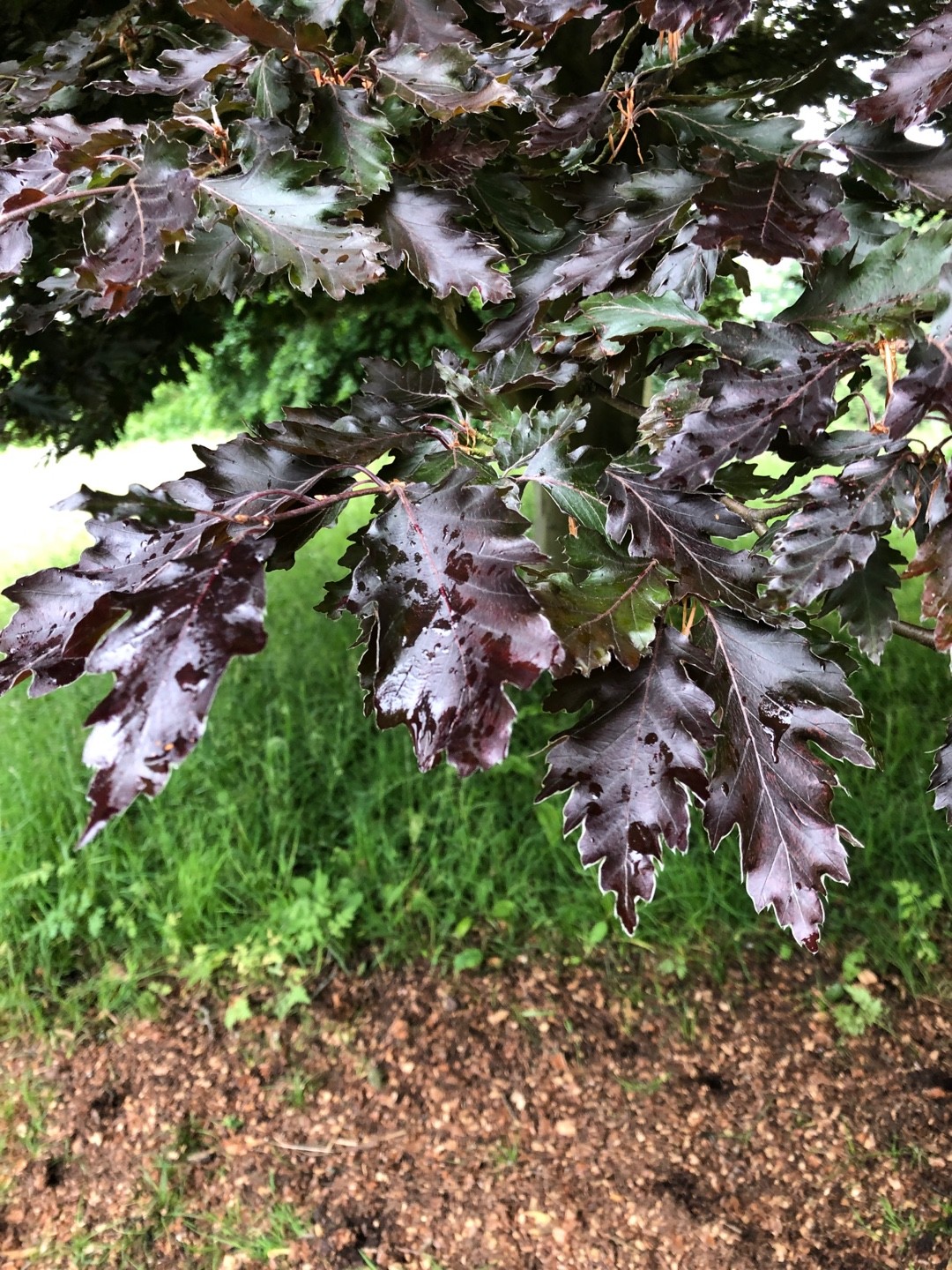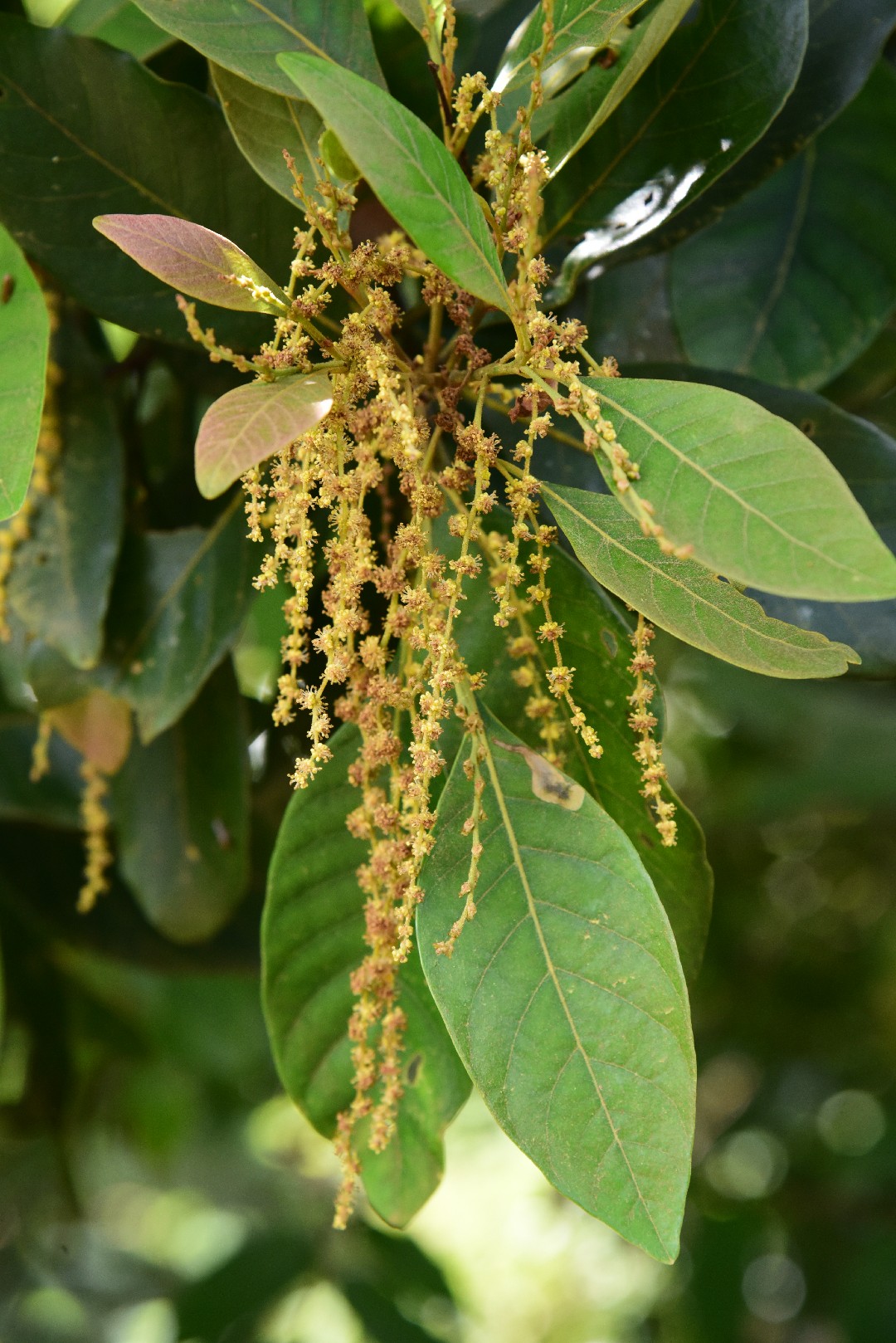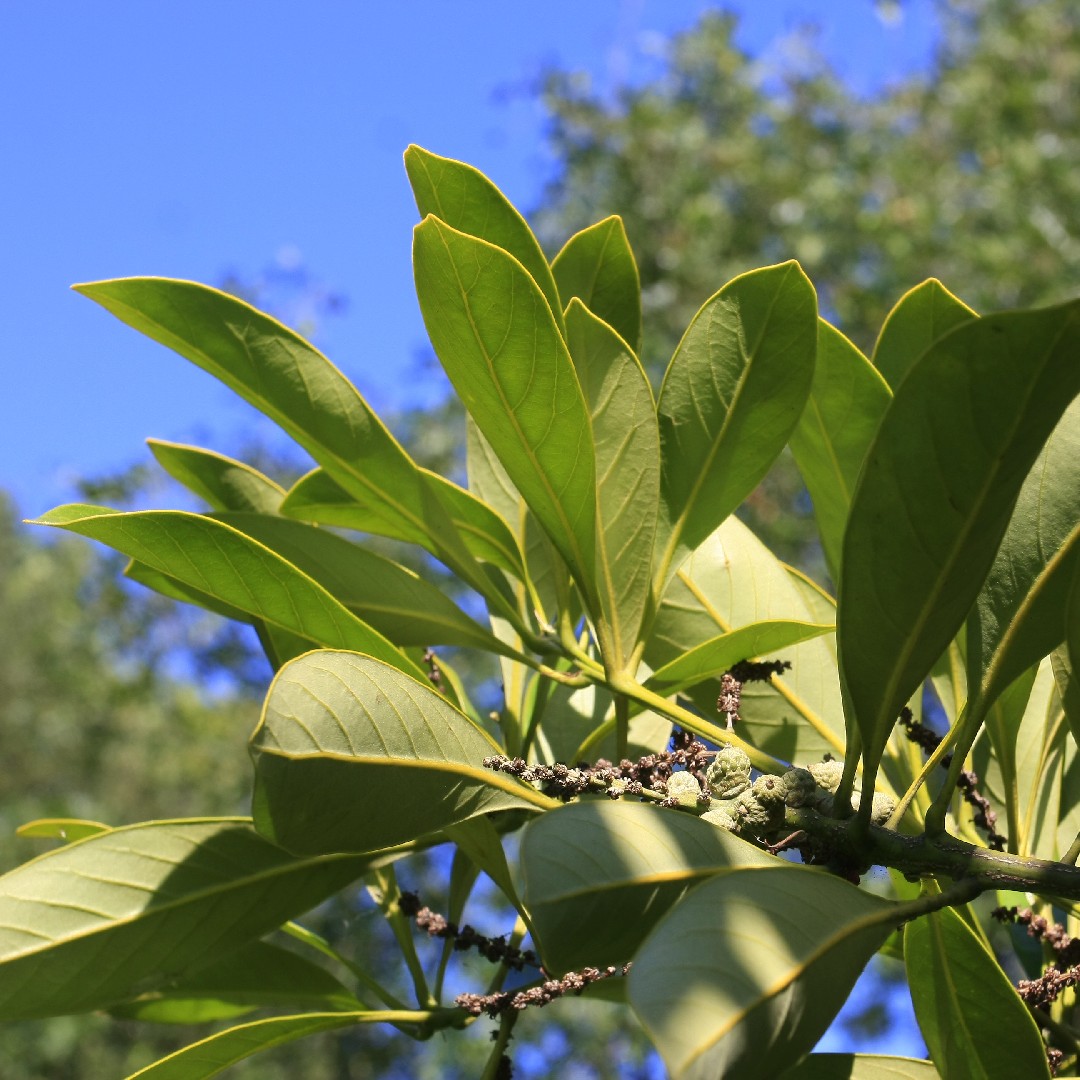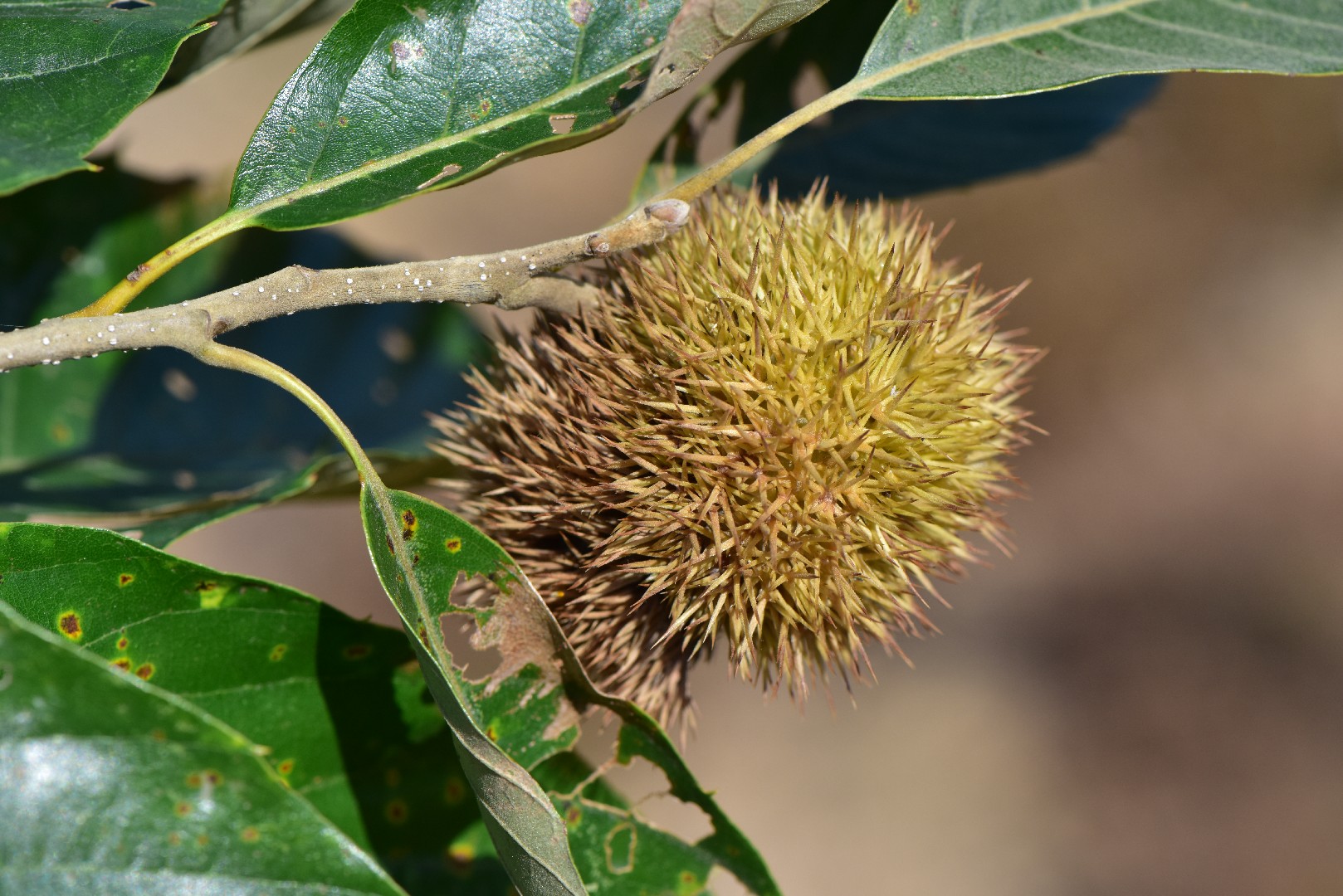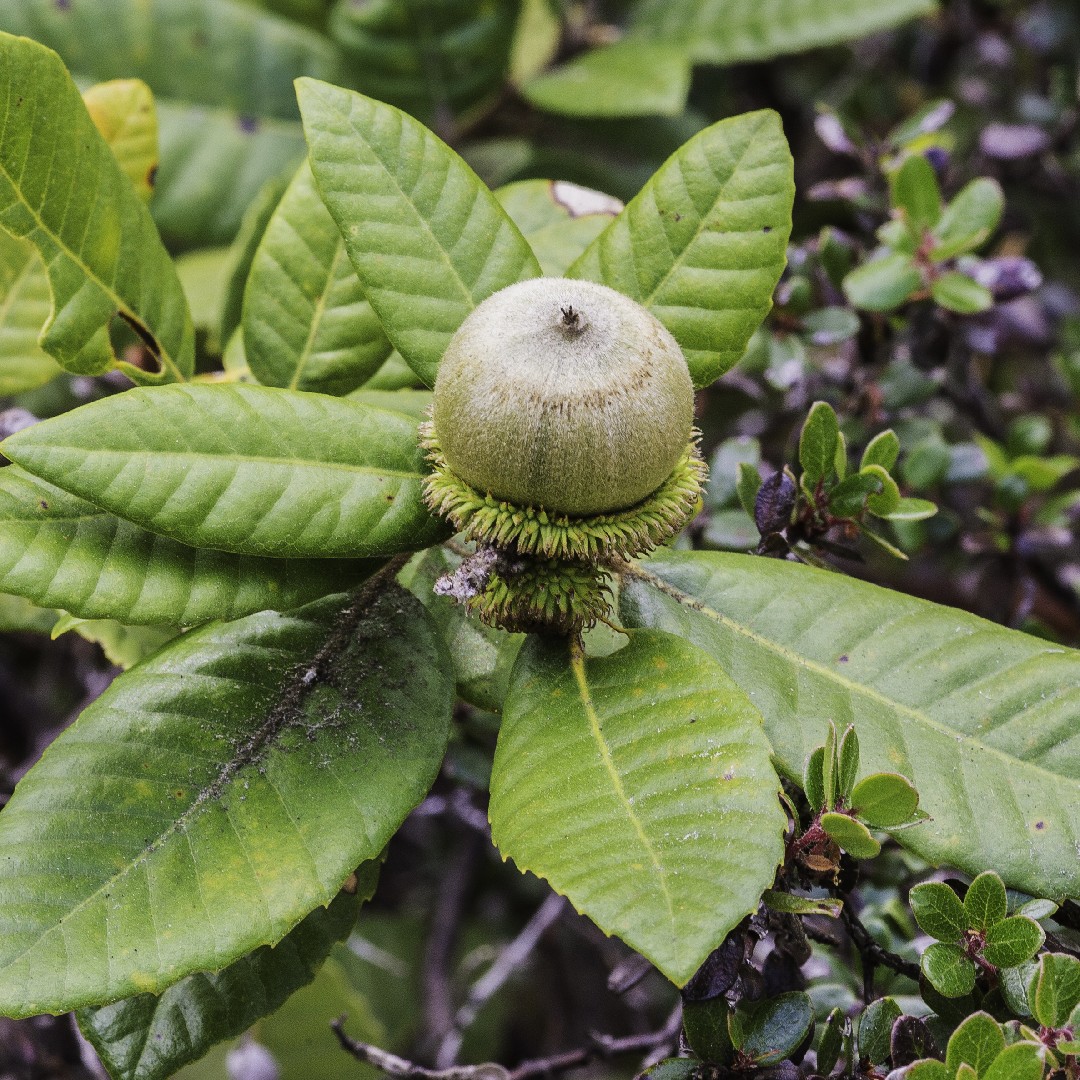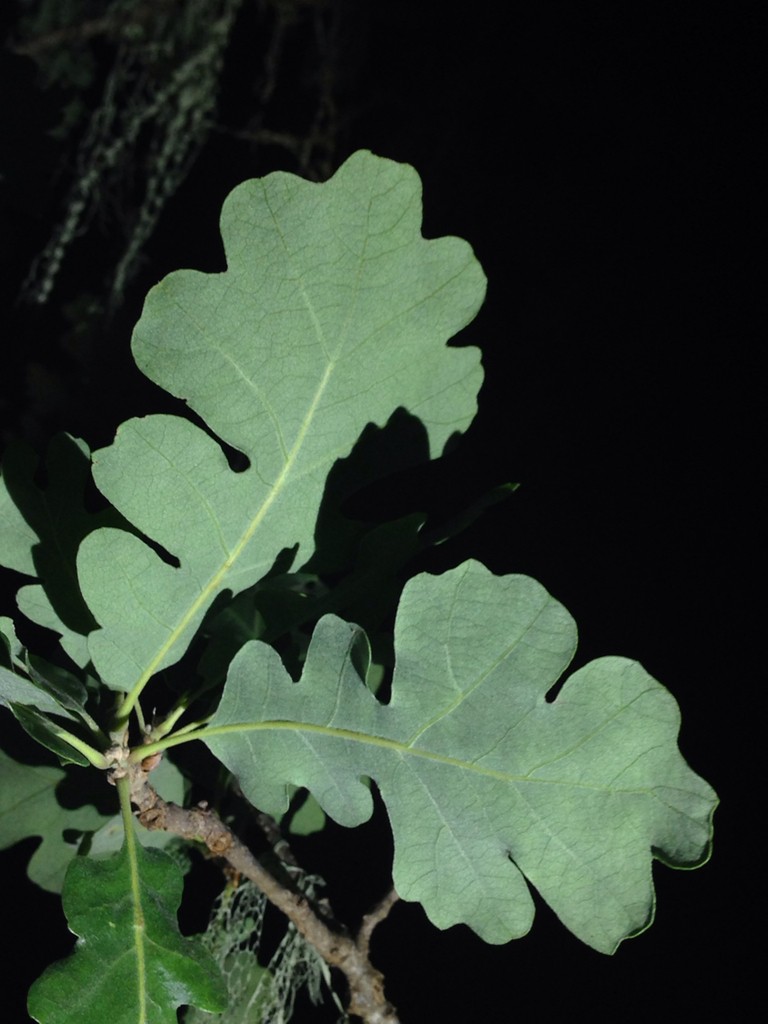![How to Propagate Beeches?]()
How to Propagate Beeches?
Propagating beeches can be done through seed sowing or vegetative methods but is best achieved with fresh seeds due to their limited viability. Key factors for success include stratification to mimic winter conditions, appropriate light exposure, consistent moisture, well-draining soil, and patience since germination can be slow. Propagation difficulty is generally moderate to high, with challenges such as seed dormancy and low germination rates.
Steps for seed propagation:
1.Collect seeds after they ripen, but before they dry out.
2.Stratify seeds by mixing with moist sand and storing in a refrigerator for 1-2 months.
3.Sow stratified seeds in a well-draining medium, barely covering them with soil.
4.Keep the medium moist and provide indirect light until germination. Monitor for signs of growth, which can take several weeks to months.
